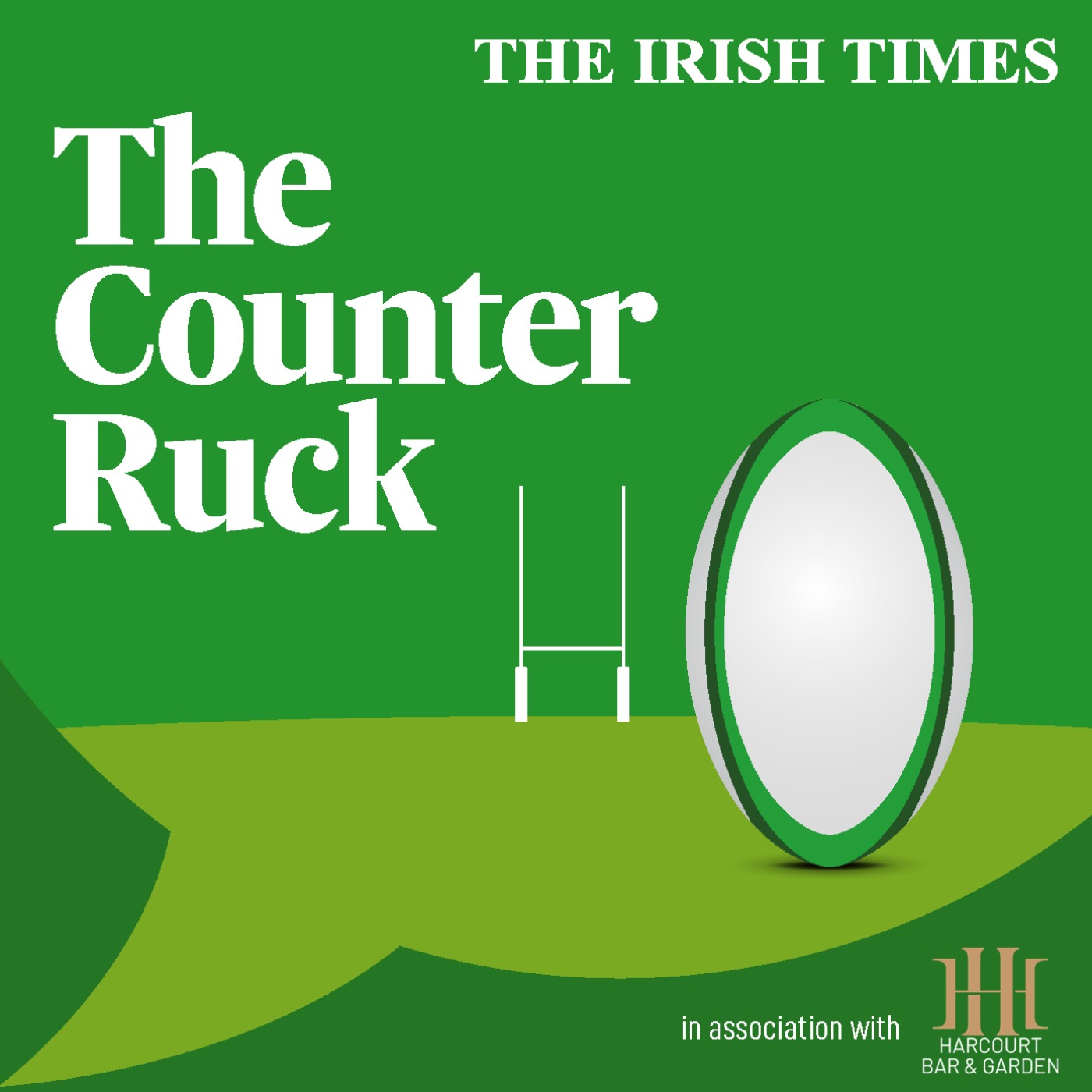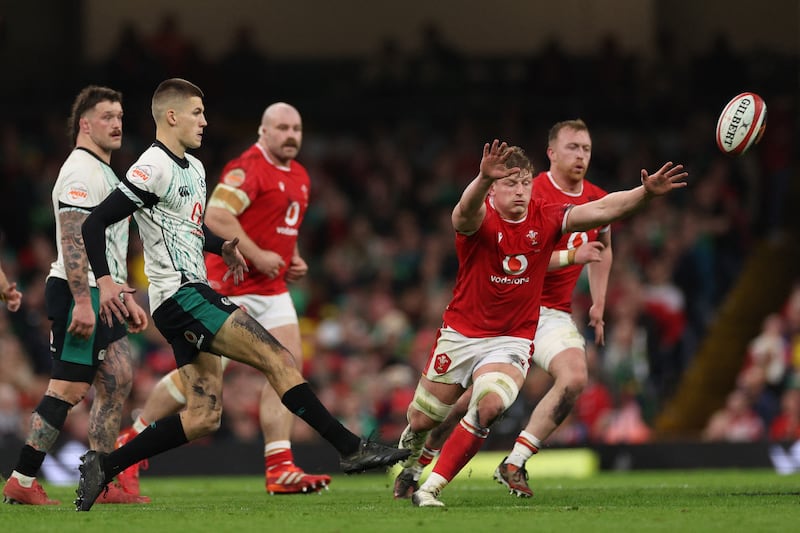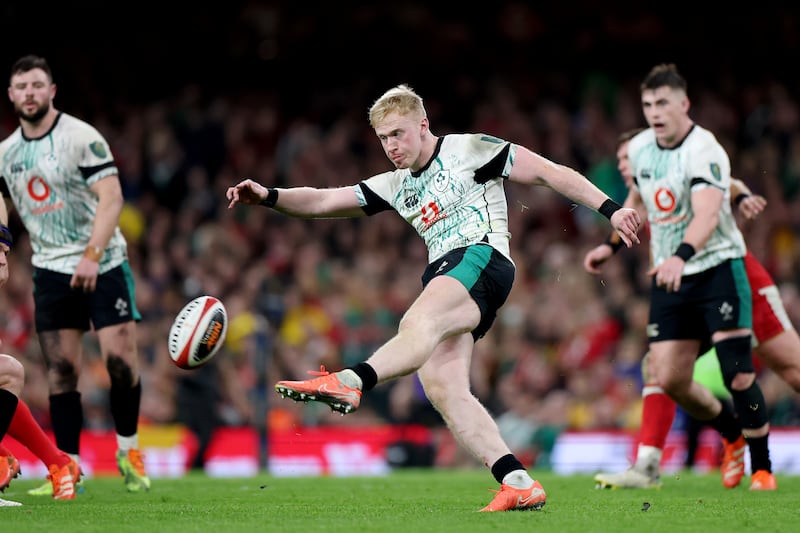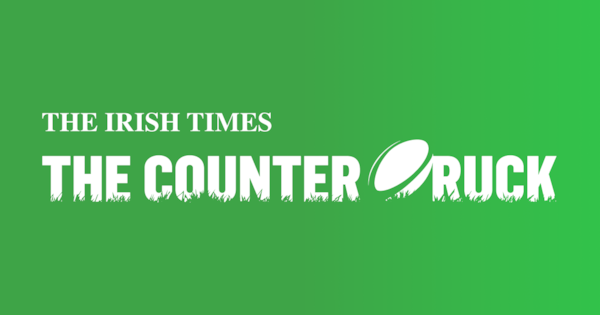And then there were three. It seemed particularly cruel on Scotland that they were denied a fifth Calcutta Cup in a row and were knocked out of the Six Nations title talk by dint of their 16-15 defeat against England at Twickenham, despite outscoring the auld enemy by three tries to one.
What’s more, their three tries were altogether more inventive and exciting to behold than England’s close-range power play. But, hey, that’s rugby.
The sport still retains many quirky features that seem outdated and among these is that very often a brilliant try using the full width of the pitch to score by the corner flag is then punished by the conversion being taken adjacent to the touchline. By contrast, a power play nearer the posts can ensure a guaranteed seven-pointer.

How Ireland escaped Cardiff unscathed
The thought has sometimes occurred that maybe rugby could imitate American Football, à la the touchdown, and make a try worth six points, with the conversion (ie the PAT - point after touchdown) to be taken in front of the posts and worth one additional point.
Even if Finn Russell thus missed three conversions from in front of the posts, Scotland would still have won 18-16 instead of losing 16-15. But then the thought of emulating American Football is quickly dispelled. Like scrums, lineouts, and much else besides, this quirk is part of what makes rugby different, warts and all.
It must have been particularly frustrating for Scotland given that, in addition to tries scored, they dominated all the game’s attacking metrics – possession (58 per cent), territory (57 per cent), line breaks (nine to two), post contact metres (354 to 159), defenders beaten (35 to 10) and offloads (10 to three).
But, significantly, as well as the most important figure of all (the final scoreline), England won the penalty count 13-10, had the better of the collisions (making 20 dominant tackles to two) and, true to Steve Borthwick’s maths-based approach, had more kicks out of hand (36 to 25).
Borthwick, like Eddie Jones, is a firm believer that the team which kicks more wins, and last Saturday will do little to dissuade him otherwise, even if you could argue they were lucky.
However, the boos around Twickenham whenever Finn Smith dropped deep into the pocket and launched what seemed like a fairly aimless high kick into the Scottish half suggest Borthwick is losing hearts and minds. The Springboks have been advocates of this, so too have France under Fabien Galthié, and the All Blacks adopted this approach for a while too.

The Twickenham stats were a reminder that in all bar the New Zealand-Argentina semi-final, the team with less possession won every knockout game at the last World Cup.
But then, whisper it quietly, as John Barclay observed on BBC’s coverage before Saturday’s minor epic in the Principality Stadium, Ireland have morphed into less of a possession-based and more of a kicking-orientated side.
The events in Cardiff which followed confirmed as much. Ireland beat Wales 27-18 with 43 per cent possession, but they had significantly more kicks out of hand (38 compared to 24) and made 1,108 metres from their kicking game compared to 637.5 metres by Wales. Hence, the territory worked out pretty much evenly, 51 per cent to 49 per cent for Wales. Ireland both kicked long more often (16 times to nine) and had more short, tactical kicks (22 to 15).
Ireland also won in Murrayfield with 43 per cent possession but had more kicks out of hand (24 to 18), especially long kicks (12 to 5). To confirm their superior kicking game, they enjoyed 53 per cent territory.
In the opening round at the Aviva Stadium, England kicked more out of hand than Ireland (38 to 31) but with less gains, as Ireland achieved more kicking metres and more territory (58 per cent).
By contrast, when Ireland kick-started their 2023 Grand Slam campaign in Cardiff with a 34-10 bonus-point win, they did so with marginally more possession (52 per cent) and territory (51 per cent), but only fractionally more kicks in play (29 to 25).
There’s clearly been a shift in approach.
As to why Ireland have changed their emphasis from less of a possession-based game to more of a kicking game, presumably there are a myriad of factors at work. Perhaps firstly, territory goes a significant way towards deciding a match, and also this Irish team is equipped to kick long, be it James Lowe’s mighty left boot, Sam Prendergast’s revival of torpedo kicks, or Jamison Gibson-Park’s huge exit touch-finders.

Those big exits, along with Prendergast’s 50:22 like a meteor from outer space over Blair Murray in the build-up to Ireland drawing level, were probably the biggest factors in Simon Easterby’s side extracting themselves from last Saturday’s tight squeeze.
There’s also the law amendment which has made aerial duels fairer contests. So it is that Brian Fenton has been brought in to the Irish camp to fine tune skills that are commonplace in Gaelic football, as indeed they are in Aussie Rules − witness Mack Hansen palming back two Prendergast restarts one-handed.
Hiring Johnny Sexton, in tandem with Andrew Goodman, has also clearly had an influence. Easterby confirmed afterward Saturday’s win that the try which Jamie Osborne scored from Lowe deftly and intentionally palming down Gibson-Park’s cross kick with house money was something Goodman and Sexton had worked on in training.
There also seems to be more method in Ireland’s kicking game than, say, England’s, with recognition that kicking turnover ball without hesitation inside halfway can be especially rewarding, take as example Garry Ringrose’s 50:22 from Jack Conan’s poach and Lowe gaining vast metres with a low punt up the line from his own high take.
Although Hugo Keenan will return against France, Osborne’s big left boot was assuredly a factor in his selection last week. Jack Crowley has seen precious little rugby, and the outhalf debate hasn’t gone away, but this changed emphasis partially explains why Prendergast has been preferred to the Munster man.
Ireland have adopted more of a varied and longer kicking game, largely because they have the players to do so.
















